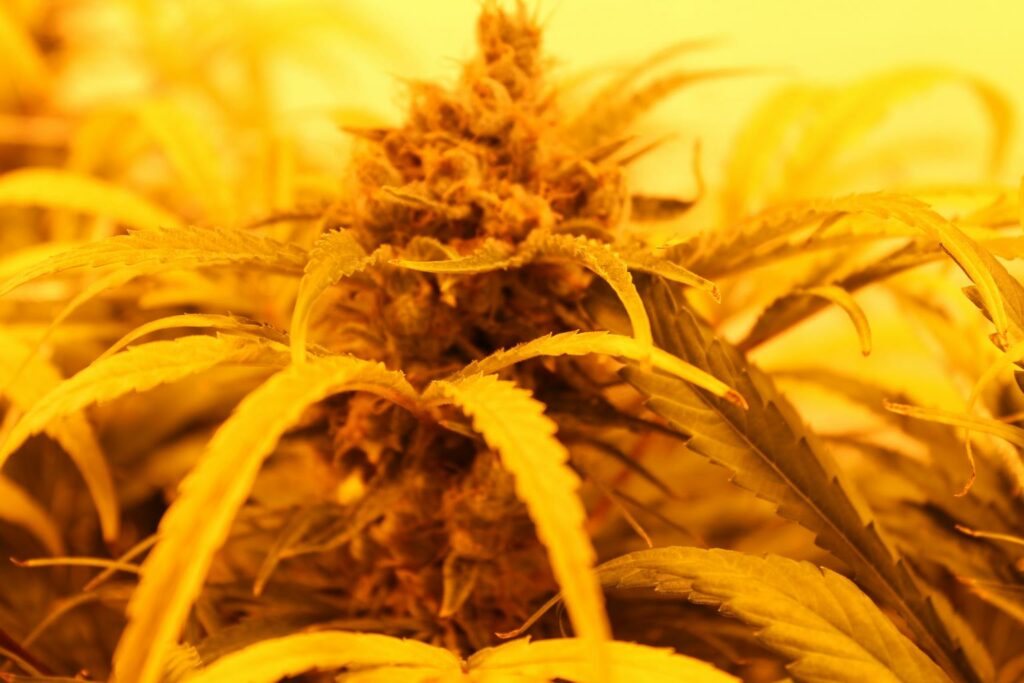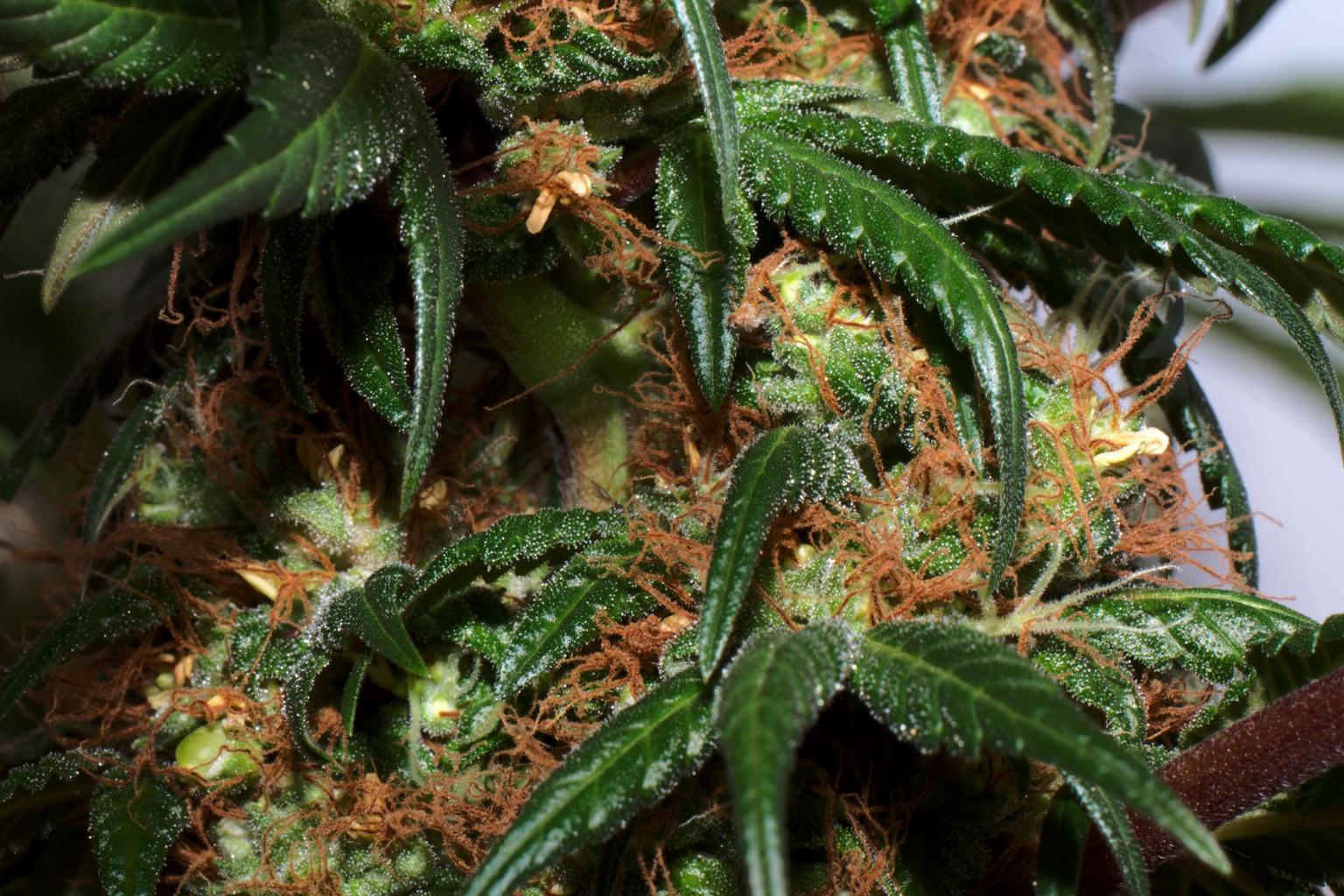How Can I Test Weed THC Levels in 2024?
I always get asked about the best ways to test weed THC levels. The year 2024 marks a significant milestone in the ever-evolving landscape of cannabis legalization and consumption. With a growing acceptance of cannabis use for both medicinal and recreational purposes, understanding the potency of your weed has become increasingly important.
Whether you’re a medical cannabis patient looking for consistent dosing or a recreational user seeking the perfect high, knowing the THC levels in your cannabis is essential. In this comprehensive guide, we will explore the various methods to test weed THC levels to measure the strength of your cannabis accurately, ensuring informed choices about your consumption.
Home Testing Kits – Test Weed THC Levels in 2024
In recent years, home testing kits have gained popularity among cannabis enthusiasts. These kits are designed to provide quick and relatively accurate THC potency measurements, enabling users to gain a better understanding of the cannabis they are about to consume. Home testing kits typically come with a compact device and a set of easy-to-follow instructions. This is the easiest way to test weed THC levels.
One of the leading home testing kits available in 2024 is the “THC QuickCheck.” This device employs a simple chemical reaction to estimate THC levels in your cannabis. Users can grind a small sample of their weed, add a testing solution, and observe the color change. The resulting color corresponds to a THC range, offering a rough estimate of potency.
While home testing kits offer convenience and speed, it’s important to note that they may not be as accurate as laboratory testing methods. They are best suited for recreational users who seek a general idea of their cannabis’s strength.
Laboratory Testing
When it comes to precise and comprehensive THC level measurements, laboratory testing remains the gold standard. In 2024, many cannabis dispensaries and producers are required to conduct rigorous testing to ensure accurate labeling of their products. This rigorous testing process allows consumers to make informed decisions about which strains to choose. If you want to test weed THC levels, using a lab can really help.
Laboratory testing involves sending a sample of your cannabis to a certified testing facility. These facilities use sophisticated equipment, such as high-performance liquid chromatography (HPLC) or gas chromatography (GC), to analyze the exact THC content. This method provides precise results, often down to the milligram per gram of cannabis.
While laboratory testing offers unparalleled accuracy, it may not be the most convenient option for individual users due to the time and cost involved. However, if you are growing cannabis at home or require precise potency information for medical purposes, it is undoubtedly worth considering.
Smartphone Apps to Test Weed THC Levels in 2024
In an era defined by smartphones and smart technology, there’s an app for almost everything, including to test weed THC levels. Several apps in 2024 claim to provide estimates of cannabis potency based on photographs of your cannabis buds. These apps leverage machine learning algorithms to analyze the appearance and density of the buds, comparing them to a database of known strains and their average THC content.
One notable app in this category is “CannaScan.” Users can simply take a photo of their cannabis buds and upload it to the app, which then provides an estimated THC percentage based on its analysis. While smartphone apps offer unparalleled convenience, they are not as accurate as laboratory testing or even home testing kits. The results can vary depending on lighting conditions, camera quality, and the accuracy of the app’s database.
Visual Inspection
For those who prefer a low-tech approach, visual inspection can provide some clues about a cannabis strain’s potency. In 2024, experienced cannabis users can often identify certain characteristics associated with high THC content. The eye test might be a great way to test weed THC levels.
Highly potent cannabis strains typically have densely packed trichomes, which are tiny, hair-like structures on the surface of the buds. These trichomes produce the resin that contains THC. A well-developed, sparkling layer of trichomes on the cannabis buds can indicate higher potency.
Additionally, the color of the pistils (the hair-like structures on the buds) can also offer hints about potency. Mature pistils are often darker and may have turned from white to amber or reddish-brown.
While visual inspection can give you a rough idea of potency, it is far from precise. It is best used as a supplementary method in combination with other testing options.
Terpene Analysis
While THC levels are a critical factor in determining cannabis potency, they are not the only one. Terpenes, aromatic compounds found in cannabis and other plants, also play a significant role in the overall experience and effects of a strain. In 2024, terpene analysis has gained prominence as a complementary method for assessing cannabis quality and effects.
Terpenes contribute to the distinctive flavors and scents of different cannabis strains, and they can also influence the overall “entourage effect” when combined with THC and other cannabinoids. Laboratories and dispensaries may offer terpene analysis alongside THC testing to provide a more comprehensive profile of a strain’s characteristics.
By examining the terpene profile of a cannabis strain, consumers can gain insights into the potential flavor, aroma, and effects they can expect. For example, strains high in the terpene myrcene may have sedative effects, while strains with high limonene content may offer uplifting and mood-enhancing qualities.

Portable Spectrometers to Test Weed THC Levels
In 2024, technology to test weed THC levels has advanced to the point where portable spectrometers have become a viable option for measuring cannabis potency. These handheld devices use spectroscopy techniques to analyze the chemical composition of cannabis samples quickly and accurately.
Portable spectrometers are designed to provide on-the-spot THC and CBD measurements, making them particularly useful for law enforcement, regulatory agencies, and even individual users who want real-time data. These devices work by shining light through a cannabis sample and measuring how the sample absorbs and scatters the light. This information is then used to determine the concentration of THC and other cannabinoids.
One of the significant advantages of portable spectrometers is their speed and ease of use. They can provide results in a matter of minutes, allowing for immediate decision-making regarding cannabis potency.
High-Resolution Microscopy
High-resolution microscopy has made significant strides in recent years to test weed THC levels. This method allows cannabis enthusiasts to explore the intricacies of their cannabis plants and buds in unprecedented detail. While not a direct measure of THC potency, high-resolution microscopy can help users identify the quality and characteristics of their cannabis.
Advanced microscopes can reveal intricate details, such as trichome density, trichome head size, and the presence of other compounds like molds or pests. By examining these factors, users can gain insights into the overall health and quality of their cannabis plants. For example, larger and more abundant trichomes can be an indicator of higher THC potency.
High-resolution microscopy is particularly valuable for home growers who want to monitor the health and development of their cannabis plants. It can also aid in identifying potential issues that may affect the final product’s quality.
Sensory Evaluation
Sensory evaluation, also known as “cannabis tasting” or “cannabis profiling,” has gained recognition as a subjective but valuable method for assessing cannabis quality and to test weed THC levels. Similar to wine tasting, sensory evaluation involves carefully observing and experiencing various aspects of a cannabis strain, including its appearance, aroma, taste, and effects.
In 2024, cannabis enthusiasts have developed sophisticated sensory evaluation techniques that go beyond simply smoking a joint or using a vaporizer. Sensory experts, often referred to as “cannabis sommeliers” or “noses,” can identify subtle differences in terpene profiles, flavor profiles, and the overall experience of different strains.
Sensory evaluation is most commonly used in the cannabis industry for product development and marketing. It helps producers and dispensaries highlight the unique qualities of their strains and provides consumers with a more personalized and enjoyable cannabis experience.
Test Weed THC Levels in 2024 and Beyond
As we venture into 2024, the methods to test weed THC levels have evolved to cater to a diverse range of users with varying needs and preferences. Home testing kits offer convenience and rapid results, making them suitable for recreational users seeking a general idea of potency. Laboratory testing, on the other hand, provides the utmost accuracy and is essential for medical cannabis patients and those requiring precise potency information.
Smartphone apps and visual inspection techniques provide additional tools for estimating potency, though they may not be as reliable as other methods. Terpene analysis has gained prominence as a complementary method for assessing cannabis quality and effects, considering the role terpenes play in the overall experience.
The best method to test weed THC levels depends on your specific requirements, whether you prioritize accuracy, convenience, or a combination of both. As the cannabis industry continues to grow and innovate, we can expect even more advanced testing methods to emerge, further enhancing our ability to gauge the strength and quality of our cannabis products.


